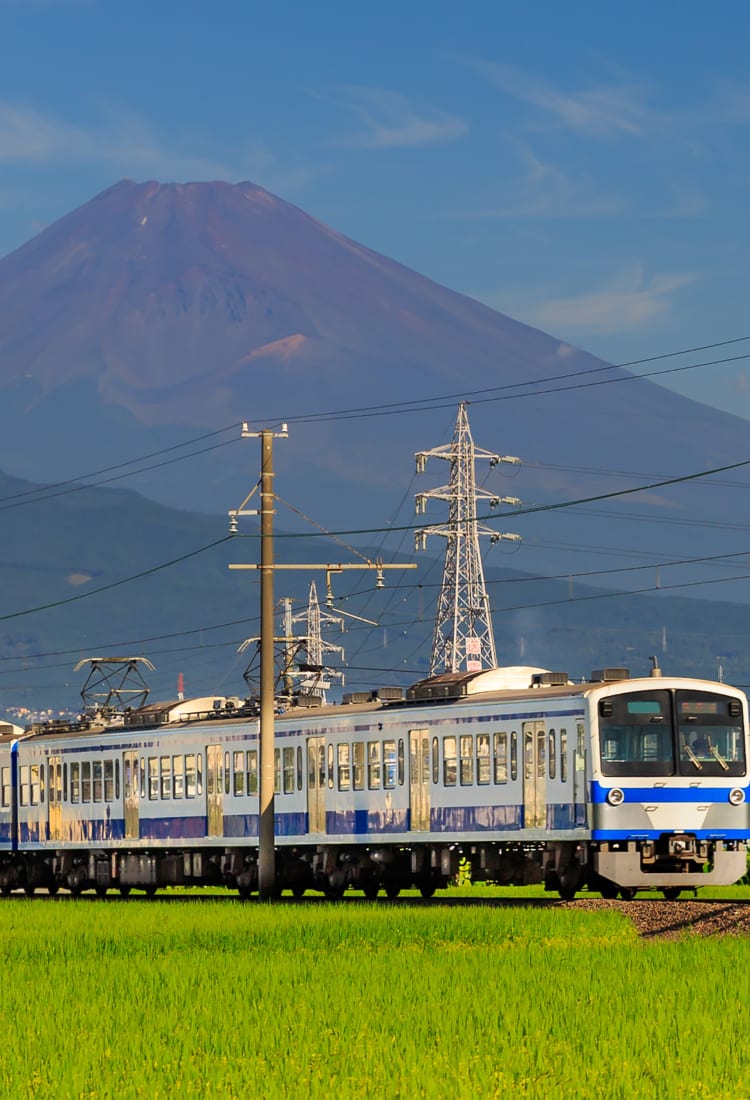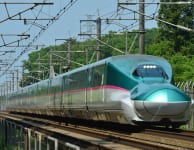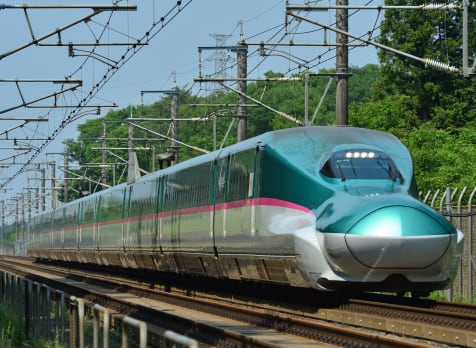When traveling throughout Japan, most visitors use public transport, such as trains, the shinkansen (bullet train), and buses.
The convenience of trains in Japan
In Japan, trains are very convenient. No matter where you're going, public transport is often the fastest way.
In major cities, trains come every few minutes, while a little more planning is required in rural areas as services can be more limited. Japan's trains are known for always being on schedule, making it easy to plan your trips down to the minute.
Depending on the city or area, railroad companies and fares tend to differ, especially in the bigger cities. In Tokyo, you'll see Japan Railways (JR) , Tokyo Metro Lines, and Toei Subway Lines, among others. Whereas in Osaka, there is JR, Hankyu Railway, Hanshin Electric Railway, and Keihan Railway to name a few.
You can easily find routes and fare calculators with apps like Japan Travel by NAVITIME , Japan Transit Planner by Jorudan, and Google Maps.
IC Cards
You can save time traveling with a prepaid rechargeable transportation card. While different railway companies issue different cards, you can use most of them across various services and cities throughout Japan. Suica and PASMO are some of the most commonly used IC Cards in the Kanto area. Among other cards used, there is ICOCA and TOICA, depending on the area. However, depending on the IC card, you may only be able to use it in certain areas and with certain forms of transportation.
Getting a card is simple. All you have to do is purchase it from a ticket machine or counter that you will be able to find at most train stations. The deposit fee for most cards is 500 yen, and you can get your money back if you return the card to the ticket counter at the end of your stay. You can also purchase Welcome Suica, a deposit-free card for tourists at certain places in the Kanto area, which is valid for up to 28 days.
You can add money to your card at almost all train stations in Japan at the automatic ticket machines. You just need to insert your card into the machine, follow the instructions, select and insert the desired amount of money you'd like to add, and your card will come back out charged and ready to go. Another option is to get a mobile IC card (PASMO or Suica) on your smartphone and charge it using your phone's wallet. However, be aware that they may not work on all smartphones.
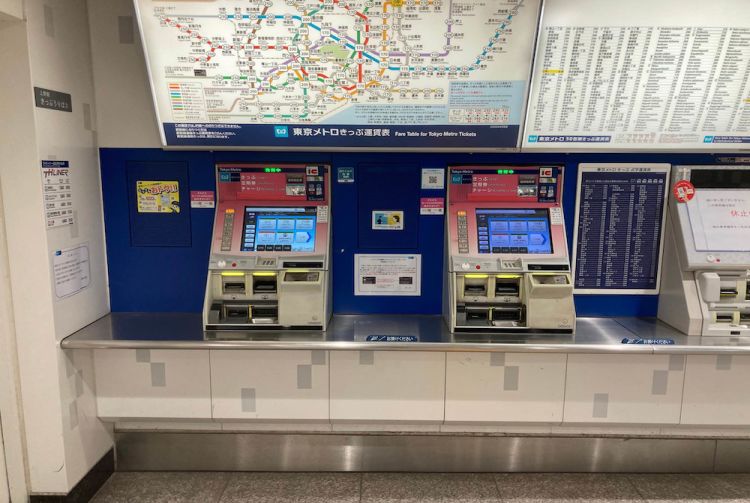
Some areas of Japan do not accept IC cards, as well as certain forms of transport, such as highway buses. Keep an eye out for the IC logo to see if you can use your card or not. A bonus of IC cards is that you can also use them to pay for items from many vending machines, stores, and lockers in train stations.
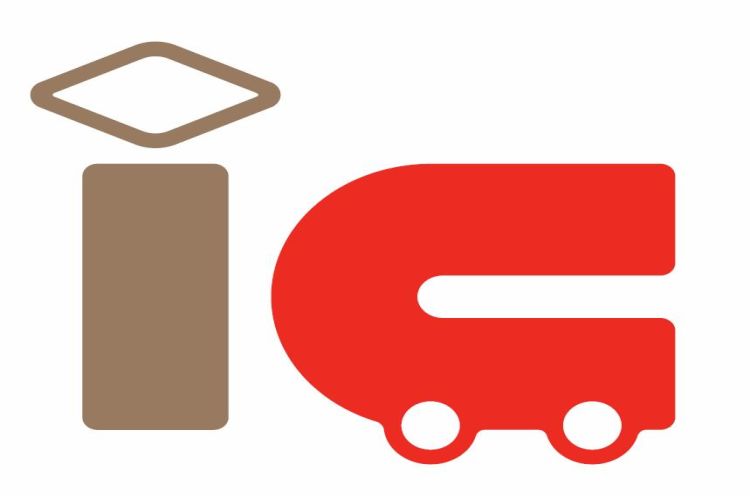
Please click here for more information about IC cards.
How to buy train tickets
As easy as IC cards are, tickets are also pretty straightforward. Even if you don't have an IC card, you can still buy tickets manually from machines at the station. The fares will differ depending on your destination, so be sure to check the fare chart at the station. Find out where you're going and how much it will cost, and buy a ticket accordingly.

Be sure to look out for ticket deals, as one-day or weekend unlimited ride tickets are available from time to time.
How to take the train
Once you have your IC card or ticket, you'll need to know how to use it.
If you are using an IC card, tap it on the ticket gate to enter, and do the same again when you leave the gate at your destination. There may be the rare occasion when you tap your card and the gate won't open. This is likely because the reader either missed your card or your card funds are insufficient.
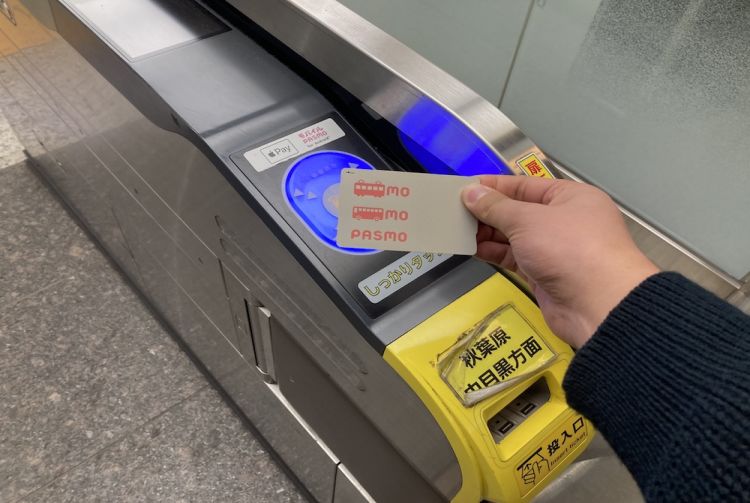
PASMO® Registered in JPO.
With a paper ticket, insert it in the slot at the ticket gate, and it will come out at the other side. Be sure to grab and hold onto it because you'll need to do this again to exit the ticket gate. However, the machine will collect your ticket this time around. You can take your ticket to a fare adjustment machine inside the ticket gate if you need to adjust the fare.
If you have any problems, you can always go to a staffed ticket gate, where an employee will be able to help you with any issues you have.

How to take the bus
You can check bus schedules with the apps mentioned above or read the timetable at the bus stops. The timetables show weekdays and weekends/holidays times. They will be written in 24-hour time with the hours on the left and minutes on the right.
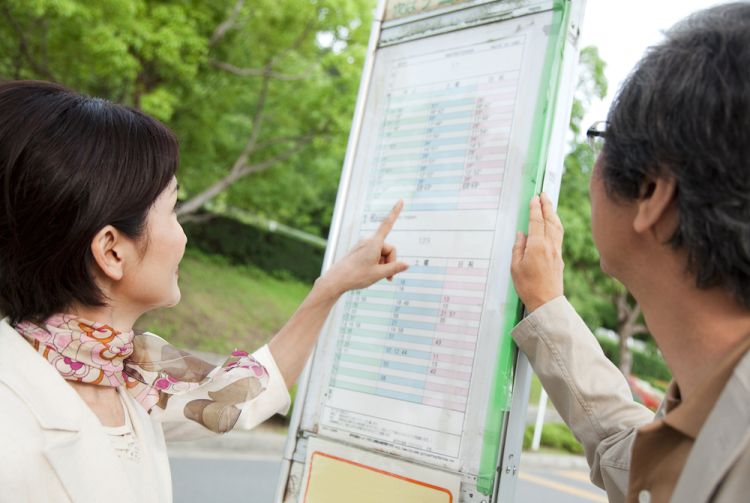
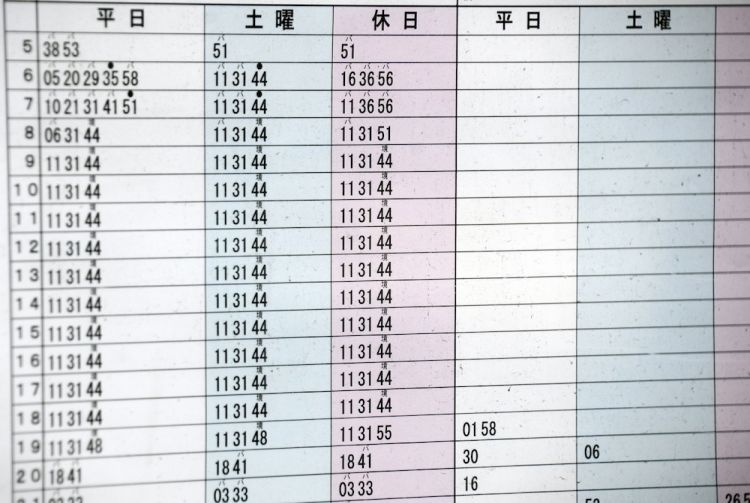
example of a timetable
There are two types of buses in Japan. For one of them, you will enter from the back, and it is a numbered ticket system instead of a flat rate system. You will exit from the front and pay your fare at the front that will differ depending on where you get on and off. On the other type of bus, you will enter from the front and pay a flat rate when you get on.
Not all buses accept IC cards, so be sure to check for the IC symbol at the bus stop or at the entrance of the bus when getting on. If there is no IC symbol, you will need to pay in cash. Luckily, most buses have easy-to-use exchange machines. If you plan on paying in cash, take a numbered ticket from the box when you get on the bus.(if it is a non-flat rate fare system). When you are approaching your stop, check the screen at the front of the bus and find your number along with the corresponding fare. As you get off the bus, put the exact fare in the machine at the front of the bus. If you put in more than your exact fare, you will not get any change back. However, if it is a flat rate system, when you get on at the front of the bus, even if you pay over, you will get change back in most cases.
In the case that you use your IC card, tap it once when you get on the bus, and tap it again when you get off the bus.
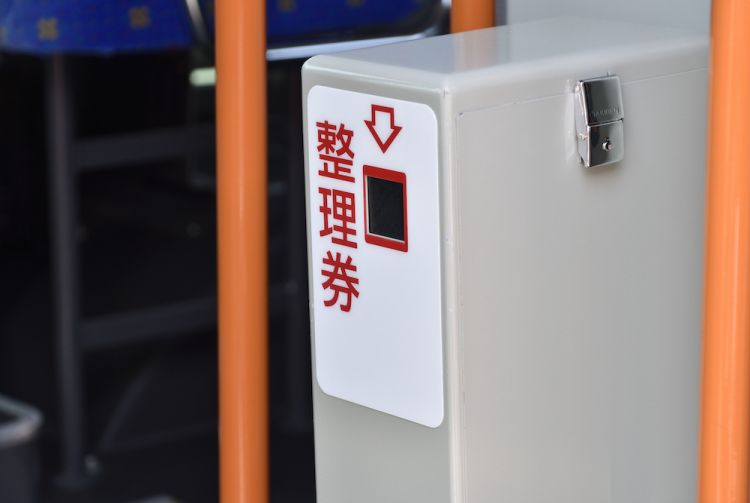
Take a numbered ticket from the box
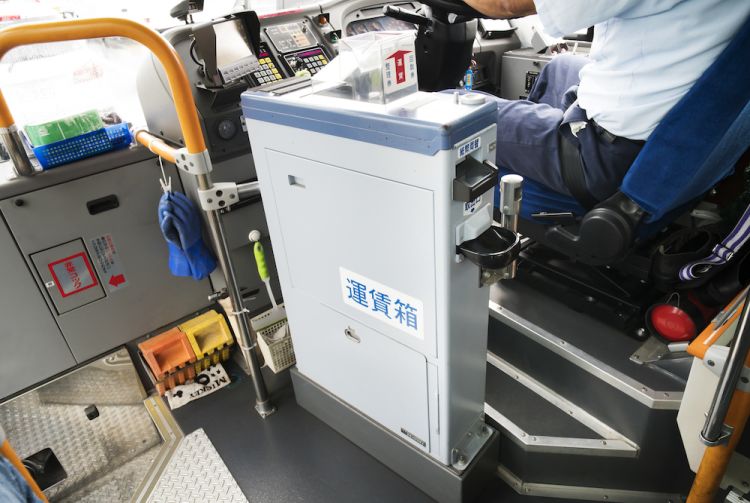
Put the fare in the machine or tap your IC card
Manners
Like anywhere in Japan, public transit is a place where you should exercise good manners.
One of the rules you should follow is that, if possible, refrain from talking on the phone while on the train. However, on a long-distance train such as the shinkansen, it is okay to use the corridor between cars for this. Other rules to follow include no smoking or vaping, taking your backpack off and carrying it by hand or putting it on the luggage rack so you don't bump into others, and giving your seat up in the priority seat area.
You'll often see certain cars that are reserved for women only during this morning rush hour.
Therefore, utilizing these manners shows respect in Japanese society and helps everything run more smoothly.




















































